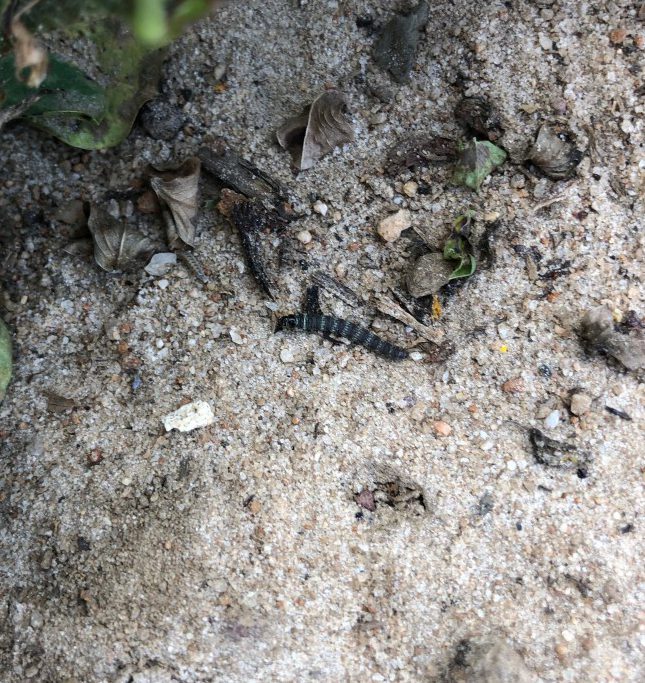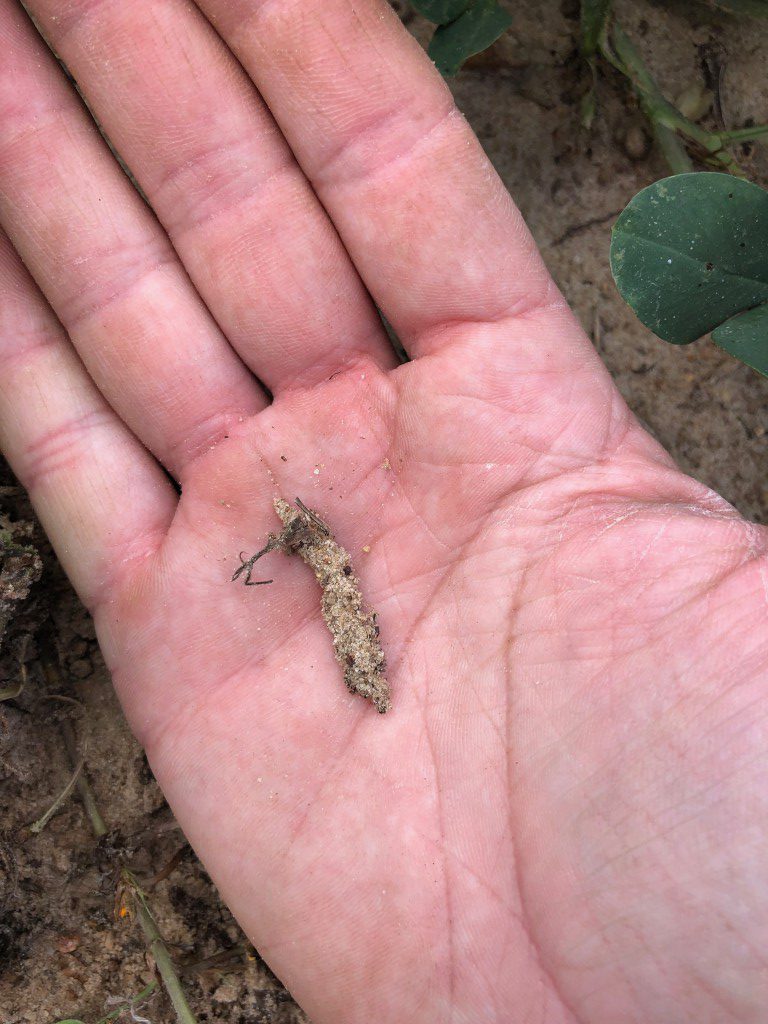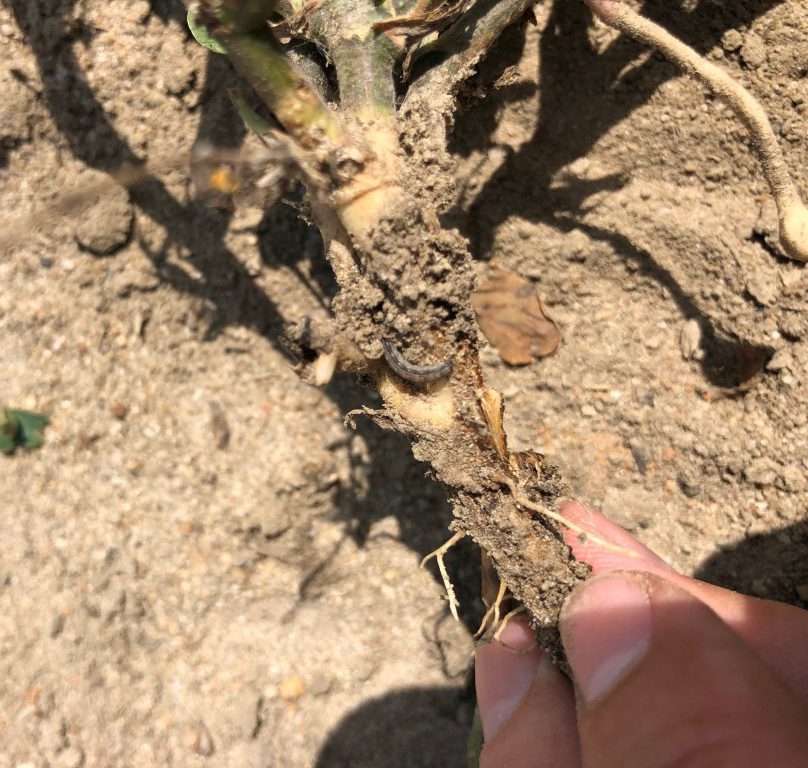CORN
The big news in corn this week is that Southern Corn Rust has shown up in the state. There are several fields in Baker County and a confirmed field in Coffee County. This tells us that the pathogen is spread throughout South Georgia and also conditions continue to be favorable. I look closely in every corn field I walk in and will continue to do so. In the meantime, if your corn is in the late R3 (milk stage), R4 (dough), or R5 (dent) stages, then you should be fine. However, if you have corn in early milk, blister, silking, or tassel stages, a fungicide application will likely be necessary. I know there is a lot of corn out there that is pretty young, so lets just make sure we are keeping an eye on it. Here is a few words from Dr. Kemerait about fungicide selection:
Tebuconazole is a “good” rust material with a protective window of about 2 weeks. Domark (tetraconazole) is also a good-single mode of action product. Mixed mode of action products like Aproach Prima, Headline AMP, Priaxor, Stratego YLD, anf Trivapro, to name but a few, have a longer protective window (3 weeks or so) and likely broader-spectrum activity. Tell them that if they are going to spray a fungicide, sooner is better. The more disease in a field, the harder to control.
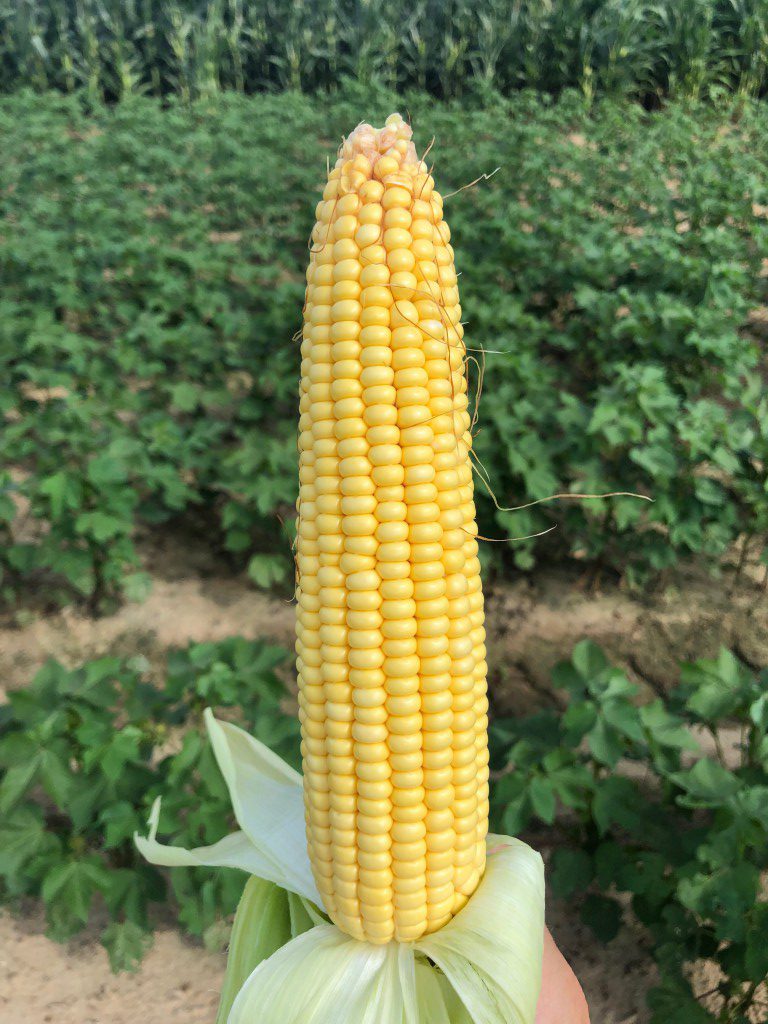
COTTON
Cotton has continued to really grow this week, and there is some that will be blooming next week if not already. After talking with consultants and growers, we have discovered two-spotted spider mites in a few fields that are at treatable levels and therefore will be treated. Threshold for spider mites is 50 percent of plants affected in a field. I am seeing all stages of life cycles from eggs, to immatures, to adults. Spider mites drain the plant and can inhibit growth. They simply put unneeded stress on the plant. Be sure to be on the lookout for them and strongly consider spraying if necessary. It is extremely important that we do not just throw in a non-selective insecticide (such as a pyrethroid) with our pix and boron applications for plant bug or stink bug control if there is not an infestation. These sprays will kill beneficials and can flare spider mites. Rain is likely going to do more good than anything as far as suppressing spider mites. Abamectin is the cheapest and most effective miticide we have against spider mites.
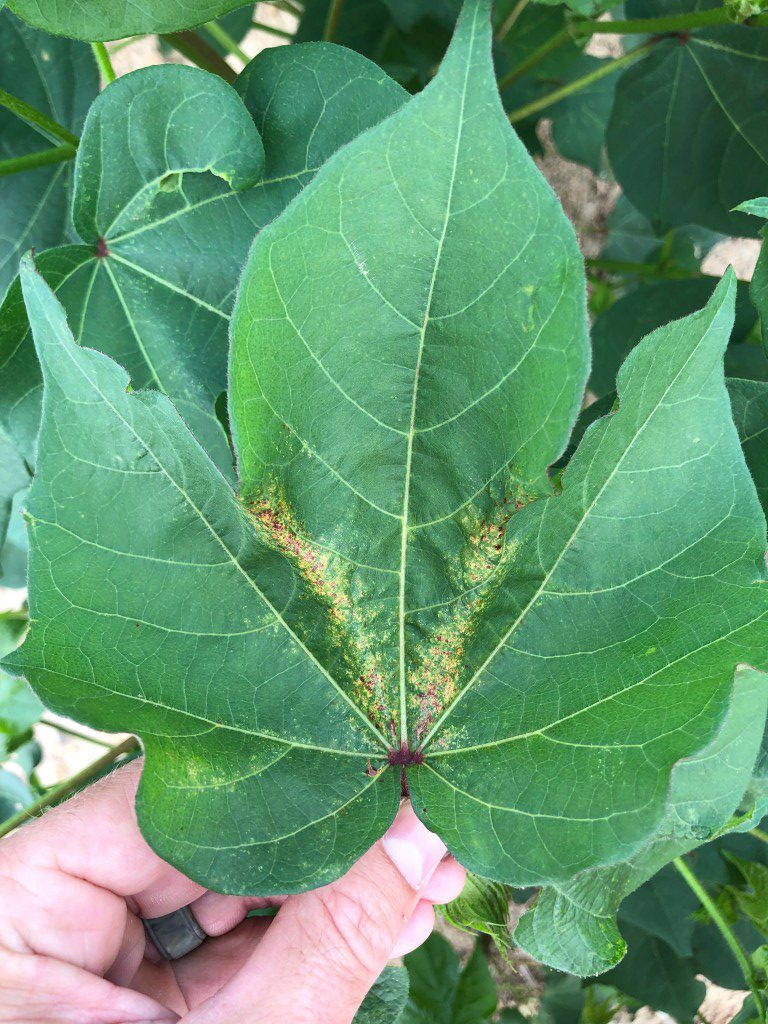
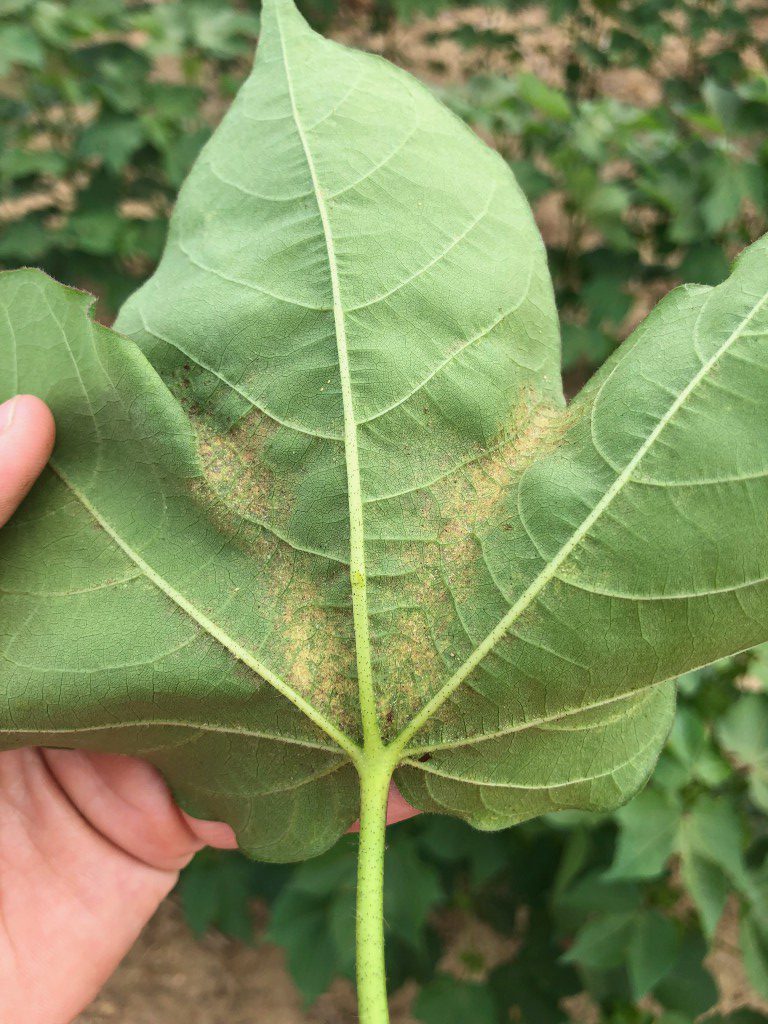
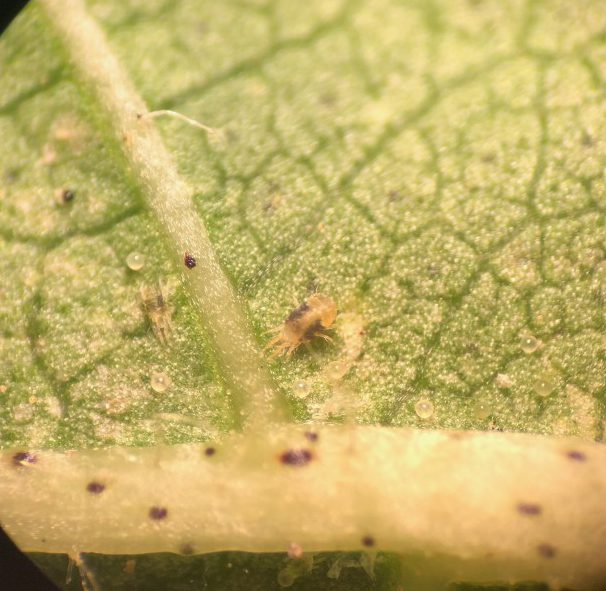
PEANUTS
Both white mold and lesser cornstalk borers are still pests that we are on the lookout for. There are reports of white mold around South Georgia, but I have not seen or heard of any in Bleckley County yet. Conditions continue to be favorable with the hot weather, humidity, and rain (in some places). Timely applications of both white mold and leaf spot fungicides is going to be key.
On the other hand, I have found lessers and damage from them in multiple fields. All peanut fields need to be scouted for them, most especially dry land fields and dry corners because they are a dry, hot weather pest. They will not be in every field. I spoke with Peanut Entomologist Mark Abney about the threshold yesterday. The easiest way to explain it is like this… scout the whole field check random 3 foot sections throughout. If you find at least one plant in a 3 foot section with damage or find an actual caterpillar, count that as a hit. If you find multiple hits in one 3 foot section, it still only counts as one. Say you checked 10 spots and have 4 hits, that would be a treatable level. Diamond, Prevathon, or granular Lorsban are labeled for them. Much like spider mites, rain is going to be the best treatment for them.
One other thing that Mark Abney pointed out was that we do not need to spray a non-selective insecticide on peanuts unless other pests are at threshold. It is extremely important this year because of the presence of spider mites so early. Spider mites can cause more damage to peanuts than cotton, and we do not want to flare them if we can help it.
